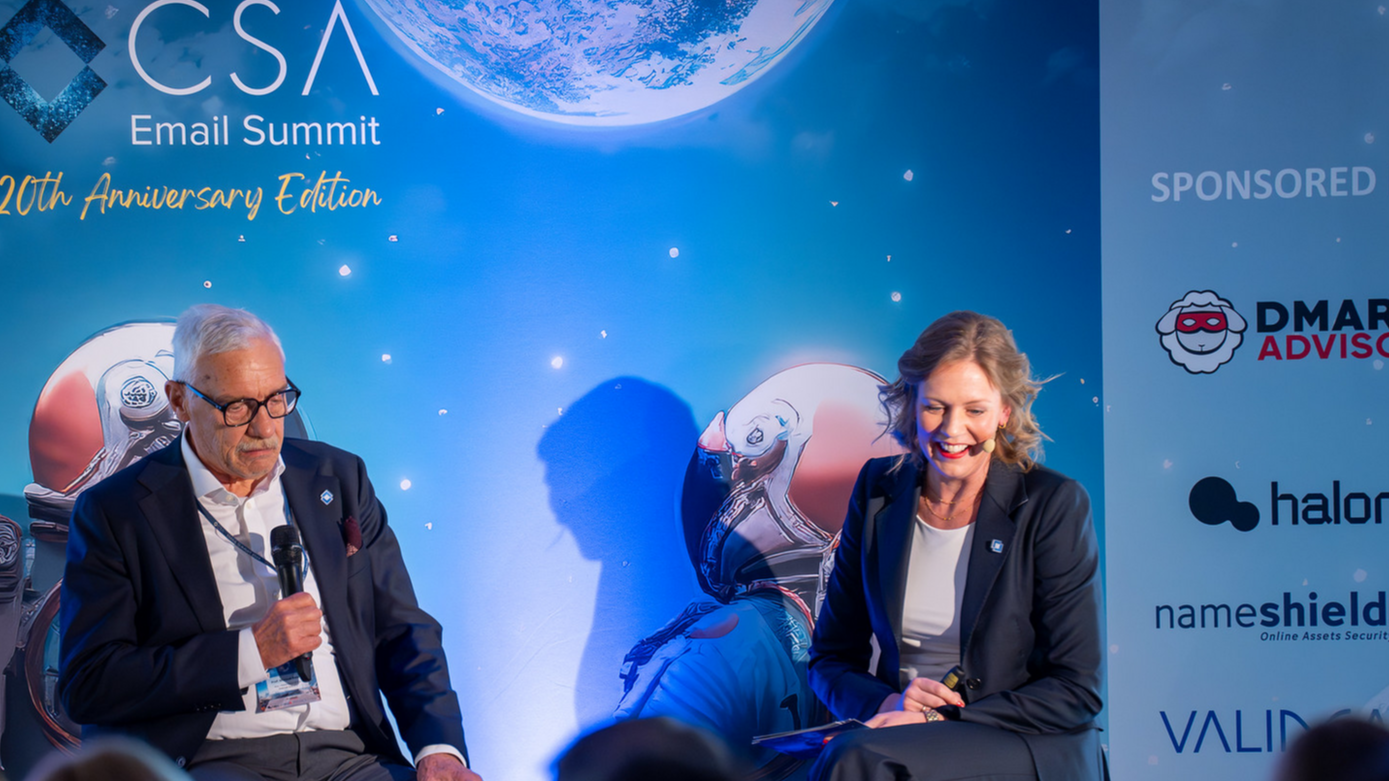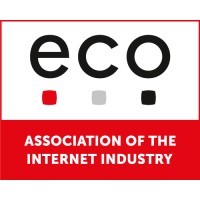How Brand Trust is Generated in the Email Inbox
Enhance brand trust through effective, respectful email communication: With insights from the CSA Summit, Sebastian Kluth shares expert tips for turning every email into an opportunity for meaningful engagement and trust-building with your audience.

© Certified Senders Alliance
Instead of simply sending emails, build long-term relationships: In email marketing, trust is the best path to long-term customer relationships. Experts at this year’s CSA Summit shared a range of tips on how to ensure that recipients consistently click “open” instead of “report spam.”
Trust is a crucial component of human interaction, with this applying to the relationship between email recipients and a brand. “Brand trust” refers to the confidence that people have in a brand’s capabilities and quality, with such a brand delivering what it has promised. If consumers consider a brand to be trustworthy, they will buy its products time and again.
In this year’s CSA Summit in Cologne, we delved into this core topic of brand trust. At a specific panel entailing four world-renowned email marketing experts, we set the stage by emphasizing how trust in a brand must be reflected in email communication with customers – and how people expect a brand to send them emails that they actually want and that they can relate to. The experts highlighted the following best practices for building long-term, trust-based customer relationships.

Head of Product Management Platform Services 1&1

Senior Director Product Management Yahoo

Senior Director Delivery Operations Iterable

Tips for long-term trustworthy email communication
- Permission is the foundation: Permission to receive emails is the baseline for further communication and is more than just a formality. In email marketing, respect needs to be shown for customers by acquiring email addresses organically through opt-in forms and welcome messages, rather than buying lists or sending generic advertising messages. According to Arne Allisat of 1&1: “A primary trust anchor in email marketing is the recipient’s relationship with the brand.” Emails should therefore be in line with the recipients’ expectations and desires. Emails that recipients are highly interested in and expect should therefore be those that are sent.
- Familiarity builds trust: Newsletters and other emails to customers should come from a recognizable and familiar sender name and a recognized sender address. People are more likely to trust someone who they recognize and identify with. “Basically, it's about giving recipients a positive user experience,” stated Marcel Becker from Yahoo. “We must not underestimate the crucial role that visual elements play in the acceptance of emails – such as the sender’s logo.” He therefore supports the new BIMI (Brand Indicators for Message Identification) standard. This standard allows the insertion of registered trademarks in email clients, enabling companies to easily display their brand in emails.
- Content is king – and relevance is the royal advisor: Nobody wants to be bluntly bombarded with advertising messages. The key to gaining people’s trust is through valuable content that educates, supports, or solves problems.
- Segmenting email lists is helpful to tailor content to specific interests: Greetings and offers should be personalized in order to show the value of each subscriber as an individual. Email marketers shouldn’t just talk about themselves – rather, they should focus on what’s important to their target audience and how their products or services can help them.
- Transparency builds trust: Email marketers must be upfront about who they are, what they do, and why they are making contact via email. They should also authenticate themselves correctly and state how often they will send emails and what kind of content subscribers can expect. Misleading subject lines should not be used and unsubscribed instructions should not be hidden in the small print. As Seth Charles from Iterable noted: “There are many ways to build trust, but transparency is key. Customers should be aware of why they have received an email.”
- Subscribers should be given full control over their inbox and marketers should demonstrate that they respect their time and privacy: In every email, clear one-click unsubscribed options should be provided and immediately implemented.
- Email analytics should be used to see how campaigns are performing: Are the open rates low? This could be a sign that email marketers need to adjust the content strategy or the frequency of their emails.
Building trust goes beyond email marketing, requiring interaction with recipients via various channels, such as social media or surveys. Senders should respond to comments and questions with the same attentiveness as they do to concerns. Customers greatly appreciate added value, such as exclusive discounts or early access to new products, as a reward for their loyalty. “All companies should professionalize their email marketing to maintain good relationships between email service providers (ESPs), mailbox providers, and brands,” emphasized Petra Maelzer from Inxmail. “To achieve this, it’s very helpful to collaborate with companies that meet the criteria for the participation of email senders in the CSA.”
Conclusion:
Building trust in email marketing takes time and requires a genuine commitment to consistently developing long-term relationships. In the long run, following these principles will turn an email list into a community of loyal brand ambassadors. Those who commit to obtaining permission for emails, demonstrating familiarity, providing relevant content, creating transparency, treating recipients respectfully, customizing based on data, and consistently nurturing the subscriber relationship will foster trust for very long-term customer relationships. Ultimately, email marketing is about building relationships, not just sending messages.
Sebastian Kluth is an email marketer through and through. He has been working as Technical Lead CSA for the Certified Senders Alliance (CSA) at eco – Association of the Internet Industry in Cologne since September 2019. As an experienced expert of many years’ standing, Sebastian Kluth advises customers and senders on individual solutions in the fields of email marketing, email deliverability, and email response optimization.
Prior to joining the CSA, the computer scientist worked as Team Lead & Senior Email Strategist at Return Path. Before that, he worked in various fields and functions of email marketing with the netnomics agency, with Gruner & Jahr’s German press distribution, with Emailvision, and with Otto GmbH & Co. KG in Hamburg.





